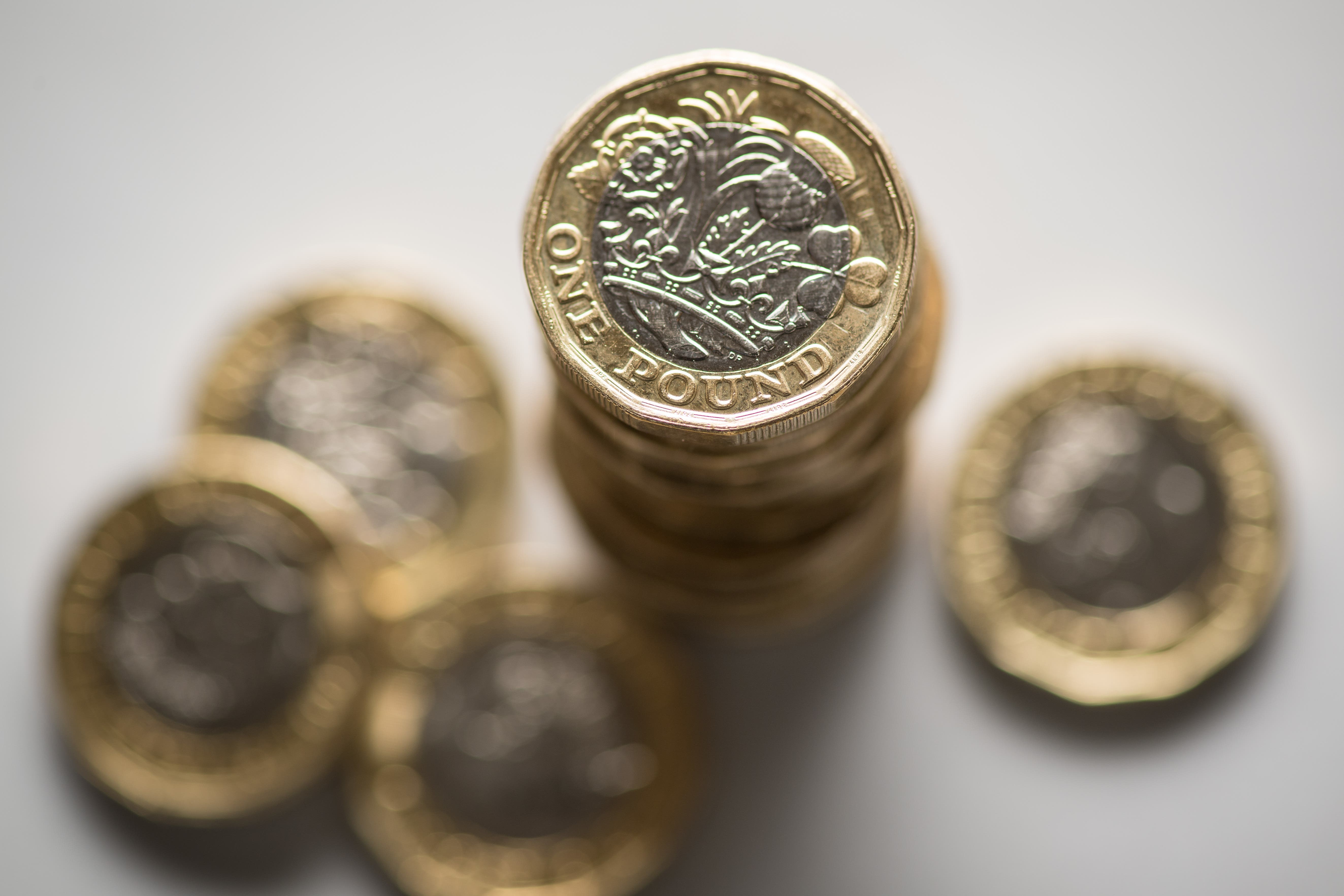What does the inflation surprise mean for UK households and homeowners?
The rate of Consumer Prices Index inflation fell to 7.9% last month – a far bigger fall than the 8.2% expected by most economists.

Your support helps us to tell the story
From reproductive rights to climate change to Big Tech, The Independent is on the ground when the story is developing. Whether it's investigating the financials of Elon Musk's pro-Trump PAC or producing our latest documentary, 'The A Word', which shines a light on the American women fighting for reproductive rights, we know how important it is to parse out the facts from the messaging.
At such a critical moment in US history, we need reporters on the ground. Your donation allows us to keep sending journalists to speak to both sides of the story.
The Independent is trusted by Americans across the entire political spectrum. And unlike many other quality news outlets, we choose not to lock Americans out of our reporting and analysis with paywalls. We believe quality journalism should be available to everyone, paid for by those who can afford it.
Your support makes all the difference.The latest official figures have shown an unexpected steep fall in the UK’s rate of inflation after months of disappointing data on the rising cost of living.
The Consumer Prices Index (CPI) fell to 7.9% last month, down from 8.7% in May and its lowest rate since March 2022, as food price inflation eased and fuel prices dropped sharply year-on-year.
Most economists had expected the figure to fall to 8.2% in June.
Here the PA news agency explains what this means and how it could affect households and homeowners.
– What is inflation?
Inflation is the term used for the rate at which prices increase over time.
If the price of something rises from £10 to £11 over a year, then that would represent annual inflation of 10%.
Every month, the Office for National Statistics (ONS) reports the annual increases on a raft of items and services, including everything from computer games to a loaf of bread.
– Why are the latest figures so important?
The new data from the ONS was keenly awaited, after inflation had proved to be stubbornly high in recent months.
The far bigger-than-forecast fall in June suggests that the Bank of England’s flurry of interest rate hikes may finally be working to rein in inflation.
The Bank’s last rise saw rates increase by a shock half a percentage point to 5% in June and there were worries that policymakers would vote for another half a point increase next month if CPI did not fall as much as expected.
– What does it mean for interest rates?
Financial markets immediately cut their bets on the peak in interest rates to between 5.75% and 6% by the end of the year after the figures, having previously forecast 6.25% by next March.
The Bank is still expected to raise interest rates at its next meeting on August 3 as inflation remains nearly four times its 2% goal.
But economists said the data may see the Bank opt for a smaller 0.25 percentage point increase next month, rather than another back-to-back bumper 0.5 percentage point hike, although it is seen by some experts as a “close call”.
– How will this affect my mortgage?
It gives a glimmer of hope for under-pressure mortgage borrowers, who have seen rates on fixed deals soar to 15-year highs in recent months.
According to Moneyfactscompare.co.uk, the average two-year fixed-rate homeowner mortgage rate on the market is 6.81%, up from 6.78% on Tuesday.
If rates are now seen peaking at below 6%, then mortgage lenders may start to reduce pricing.
– Do the latest figures mean the cost-of-living crisis is over?
Unfortunately not yet. Food price inflation is still painfully high, at 17.3% in June, down from 18.7% in May.
While some commodity prices have dropped, there are still big rises being seen across many products and ingredients, while fertiliser costs have also soared, which is being passed down by farmers to retailers.
Energy prices are coming down sharply, with the price cap this month being set at £2,074 a year – £426 less than the previous Energy Price Guarantee.
But there is uncertainty over future gas prices, particularly if Europe suffers a very cold winter.
– What do the latest figures mean for the Government’s pledge to halve inflation?
Prime Minister Rishi Sunak has made halving CPI inflation to around 5.3% by the end of 2023 one of his five key priorities.
The latest data brings the rate closer to the goal and inflation is expected to continue falling sharply over the remainder of 2023 as last year’s steep energy and fuel prices fall out of the comparison.
Chancellor Jeremy Hunt said he would stick to the plan to halve CPI, but admitted there is still a “long way to go”.